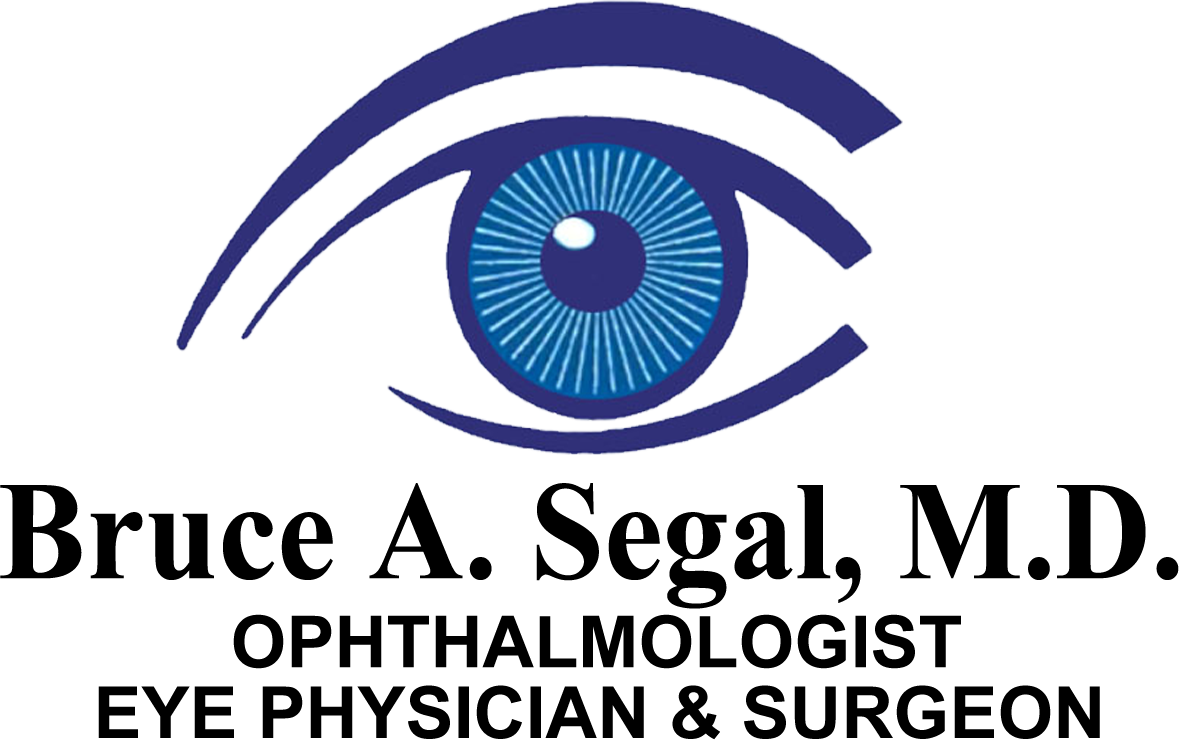TECNIS® SYMFONY IOL
The New TECNIS® Symfony IOL (Intraocular Lens) is an implantable lens that significantly improves vision after cataract surgery and reduces your need for eyeglasses. The latest addition to the TECNIS® Family of IOLs offers new optical technology for providing an Extended Range of Vision.

TECNIS® Symfony IOL Extended Range of Vision IOL delivers a continuous, full range of high-quality vision with incidence of halos and glare comparable to a monofocal IOL. If you enjoy activities such as reading, boating, quilting, playing golf, sightseeing, or surfing the internet, the TECNIS® Symfony IOL allows you to lead an active lifestyle.
NON-TORIC VERSION AND A TORIC VERSION FOR PATIENTS WITH ASTIGMATISM

During cataract surgery we remove the cloudy cataract lens and replace it with a clear new intraocular lens. We can use the basic insurance covered lens, however, most of our patients choose a high technology IOL, such as the Tecnis Symfony lens. The standard lens will only focus at one distance, requiring eyeglasses to see all other distances. The symfony lens gives the patient excellent clear focus over a wide range of distances. This reduces the need for glasses and gives a more natural and youthful range of focus. There is a once in a lifetime opportunity to select the best lens for your cataract surgery and Dr Segal will guide you in making this important decision. The following video describes the advanced features of this lens.
EXTENDED RANGE OF VISION FOLLOWING CATARACT SURGERY
The TECNIS® Symfony IOL lenses are the only lenses in the United States that provide a full range of continuous high-quality vision following cataract surgery, while also mitigating the effects of presbyopia by helping people focus on near objects.
In clinical studies, the Symfony lens:
- Provided seamless, day-to-night vision. Patients could see objects sharply and clearly at near, intermediate and far away distances, and points in between.
- Demonstrated a low incidence of halo and glare, which may be perceived as rings or blurring around bright lights. Glare and halo can sometimes affect an individual’s ability to drive at night or to perform other visual tasks.

